Haka then and now: it used to be more funny than frightening
Archive video shows that the Haka has changed a lot in 40 years. See how the 1973 war cry measures up
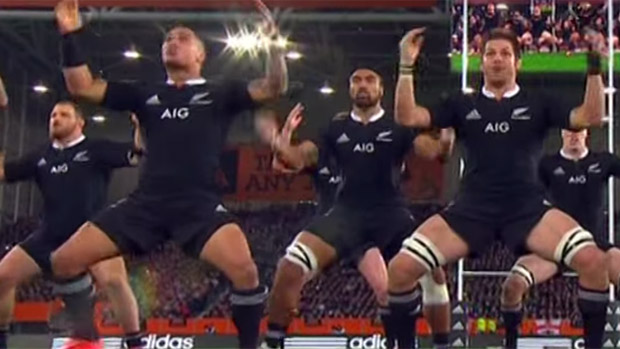
The Haka, a traditional ancestral war cry practised by Maoris before battle – and now by the All Blacks before rugby internationals – has become one of sport's most theatrical moments.
But the rugby players' version of the dance wasn't always as intimidating as it is today.
Footage from a 1973 tour match between the All Blacks and the Barbarians in Cardiff shows the New Zealanders performing a rather less intense version of the dance than modern crowds have come to expect:
The Week
Escape your echo chamber. Get the facts behind the news, plus analysis from multiple perspectives.

Sign up for The Week's Free Newsletters
From our morning news briefing to a weekly Good News Newsletter, get the best of The Week delivered directly to your inbox.
From our morning news briefing to a weekly Good News Newsletter, get the best of The Week delivered directly to your inbox.
The Haka performed by the All Blacks is called Ka Mate and belongs to the Ngati Toa tribe on New Zealand's North Island. It tells the story of a fleeing chief who escapes capture by hiding from his enemies in a food pit.
Ka Mate initially attracted criticism for the leap included at the end of the performance, which some cultural observers interpreted as a surrender of land. Today, when the team performs Ka Mate, the players keep their feet firmly on the ground.
In the 1970s, players faced the stands rather than the opposition as they performed the Haka, and perhaps it instilled less fear in rival players. The game featured in the video above ended in disaster for the All Blacks: the Barbarians won 23-11 and New Zealand conceded what many people regard as the greatest try ever scored in rugby.
Today, though, the Haka is rather more imposing:
A free daily email with the biggest news stories of the day – and the best features from TheWeek.com
This version of the Haka was written specifically for the All Blacks in response to concerns about Ka Mate. It is called Kapa o Pango, which translates as Team in Black, and is based on another Haka that was used by a New Zealand touring team in 1924.
It was first performed in 2005 when a throat slitting gesture at the end, now rarely seen, generated plenty of comment. Today the All Blacks alternate between Ka Mata and Kapa o Pango with the decision taken by the captain shortly before the match.
-
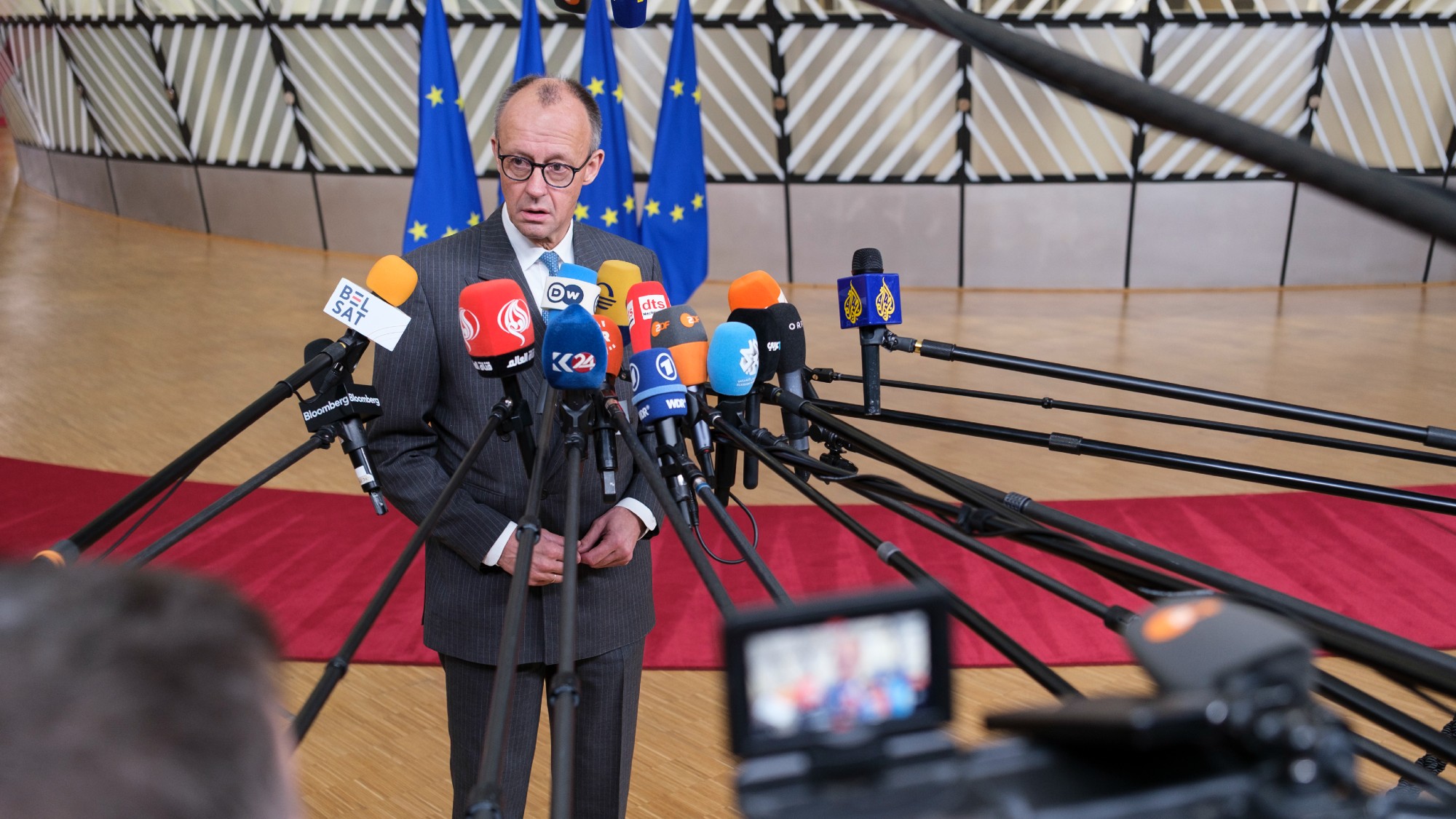 Who is paying for Europe’s €90bn EU loan?
Who is paying for Europe’s €90bn EU loan?Today’s Big Question Kyiv secures crucial funding but the EU ‘blinked’ at the chance to strike a bold blow against Russia
-
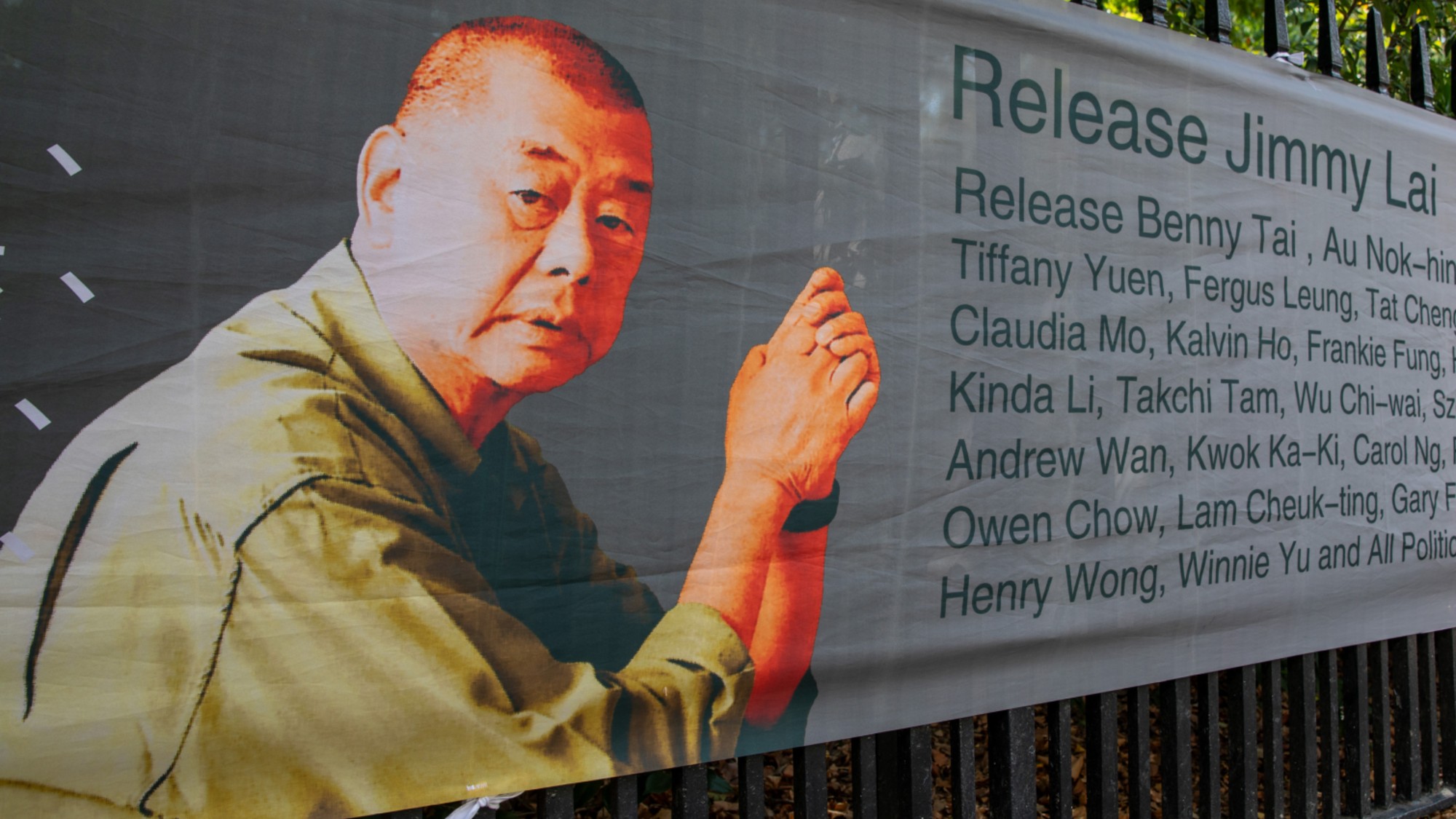 Quiz of The Week: 13 – 19 December
Quiz of The Week: 13 – 19 DecemberQuiz Have you been paying attention to The Week’s news?
-
 What’s causing the non-fiction slump?
What’s causing the non-fiction slump?In the Spotlight Readers are turning to crime fiction, romantasy and self help books as a form of escapism
-
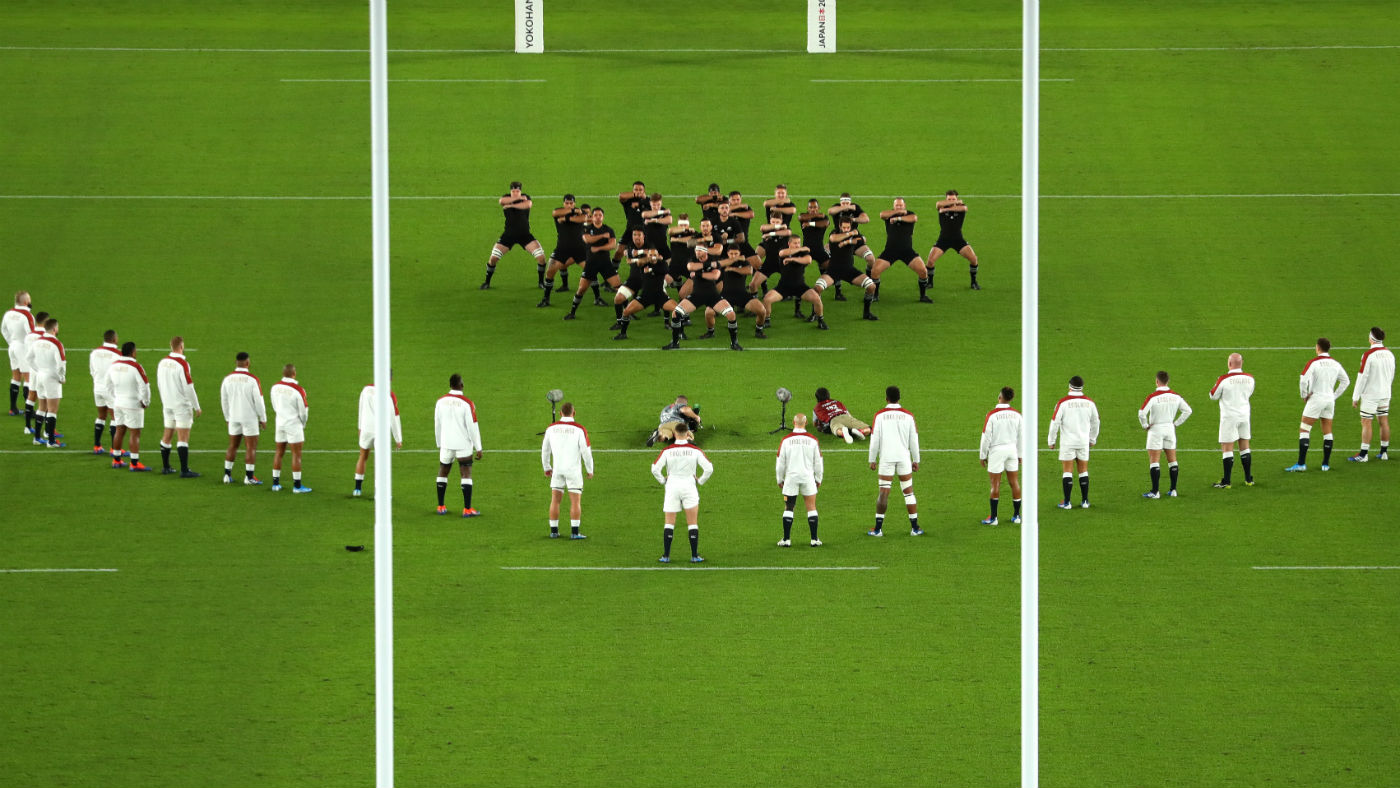 Rugby World Cup: England fined for their response to the New Zealand haka
Rugby World Cup: England fined for their response to the New Zealand hakaSpeed Read The confrontation set the tone for a pulsating semi-final between England and the All Blacks
-
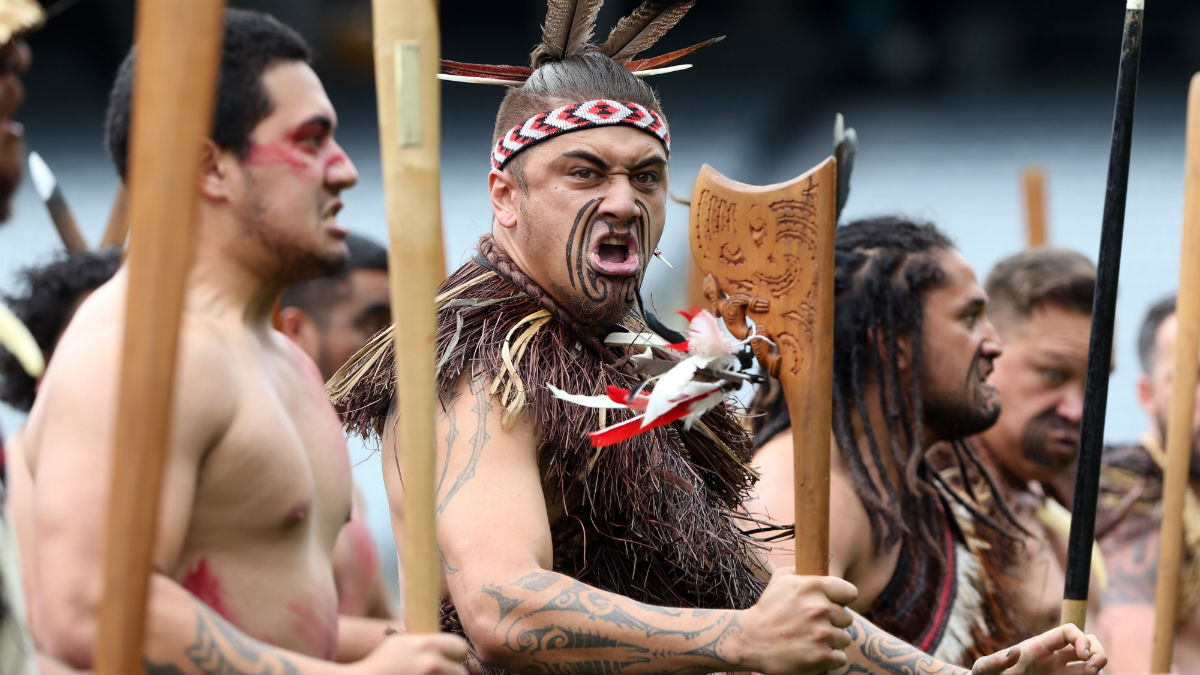 AC Milan scrape the barrel with pre-match haka for Nivea
AC Milan scrape the barrel with pre-match haka for NiveaSpeed Read Actors perform a version of the Maori war cry before San Siro match to promote skincare product
-
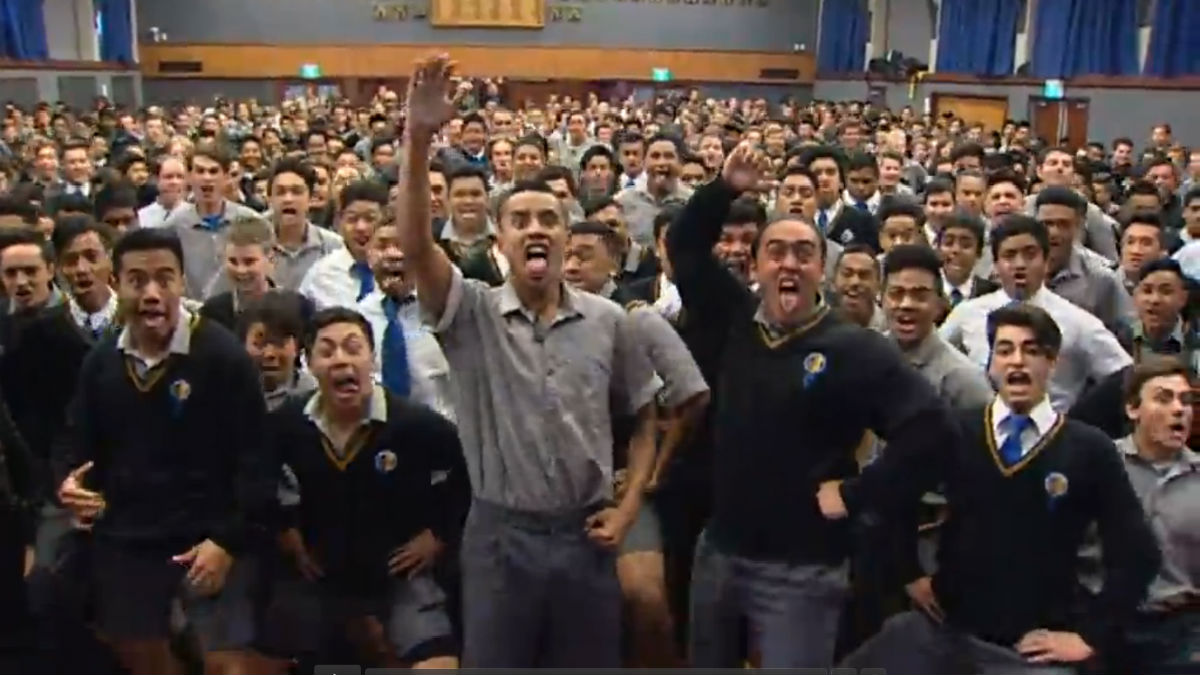 College students perform titanic All Blacks tribute haka - video
College students perform titanic All Blacks tribute haka - videoIn Depth Pupils at the college where Ma'a Nonu and Julian Savea were students celebrate New Zealand World Cup win in style